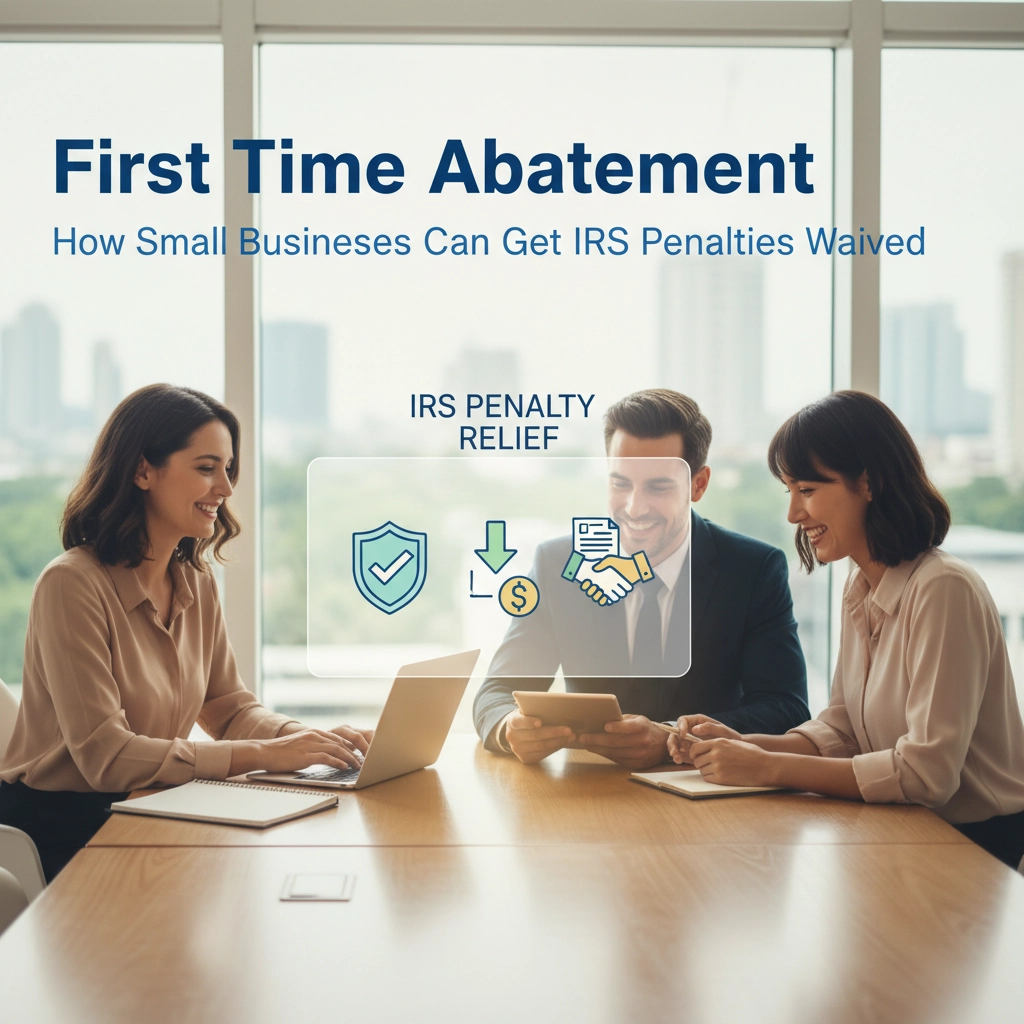top of page
NEWS & UPDATES
Search


First Time Abatement: How Small Businesses Can Get IRS Penalties Waived
Got hit with your first IRS penalty and feeling like it's the end of the world? Take a deep breath: there's actually some good news here. If this is truly your first penalty rodeo and you've been a good taxpayer for the past few years, you might be able to get that penalty completely wiped out through something called First Time Abatement (FTA). Think of FTA as the IRS's way of giving you a mulligan for your first mistake. It's not widely advertised, but it's a legitimate pro
Susan Hagen
20 hours ago6 min read


Safe Harbor Tax Payments: How to Avoid IRS Penalties for Underpayment
Nobody likes surprises from the IRS, especially when they come with penalty notices. If you're a small business owner or have income that isn't subject to withholding, you've probably heard the term "safe harbor" thrown around during tax conversations. But what does it actually mean, and how can it save you from those dreaded underpayment penalties? Think of safe harbor as your insurance policy against IRS penalties. It's basically a set of rules that, if followed, guarantee
Susan Hagen
4 days ago5 min read


Understanding 1099 Rules and Backup Withholding: What Small Businesses Need to Know
Tax season brings plenty of headaches for small business owners, but one area that often catches people off guard is dealing with 1099 forms and backup withholding. If you've ever hired a freelancer, paid a contractor, or worked with independent consultants, you need to understand these rules. Trust me, getting this wrong can cost you big time in penalties and interest. Let's break down everything you need to know about 1099s and backup withholding in plain English, so you ca
Susan Hagen
6 days ago5 min read
bottom of page
.png)